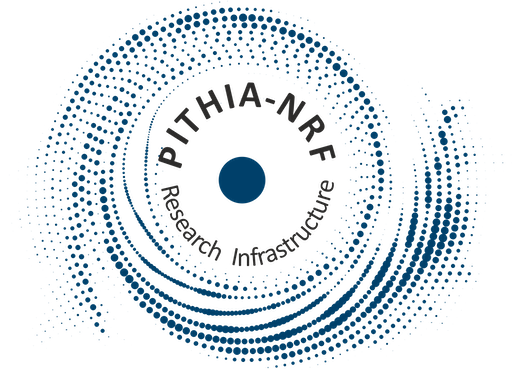<?xml version="1.0" encoding="UTF-8"?>
<CatalogueEntry xmlns="https://metadata.pithia.eu/schemas/2.2" xmlns:xsi="http://www.w3.org/2001/XMLSchema-instance" xmlns:xlink="http://www.w3.org/1999/xlink" xmlns:gml="http://www.opengis.net/gml/3.2" xmlns:om="http://www.opengis.net/om/2.0" xsi:schemaLocation="https://metadata.pithia.eu/schemas/2.2 https://metadata.pithia.eu/schemas/2.2/pithia.xsd" gml:id="ce1">
<identifier>
<PITHIA_Identifier>
<localID>CatalogueEntry_HungaTonga_2022-01-15</localID>
<namespace>pithia</namespace>
<version>1</version>
<creationDate>2022-07-08T09:00:00Z</creationDate>
<lastModificationDate>2022-07-08T09:00:00Z</lastModificationDate>
</PITHIA_Identifier>
</identifier>
<entryName>HungaTonga_2022-01-15</entryName>
<entryDescription>
A powerful eruption event began on Hunga Tonga-Hunga Ha'apai, a submarine volcano in
the Tongan archipelago in the southern Pacific Ocean. Although started on 2021-12-20
after being quiet since 2014, the series of follow-on eruptions included this large and
powerful series of events nearly four weeks later, starting on 2022-01-13 15:20 UTC and
reaching the climax on 2022-01-15 04:14 UTC when it manifested a "Plinian" VEI 5.8 category
on the Volcanic Explosivity Index scale. Hunga Tonga-Hunga Ha'apai is part of the highly
active Tonga-Kermadec Islands volcanic arc, a subduction zone extending from New Zealand
north-northeast to Fiji.
</entryDescription>
<catalogueIdentifier xlink:href="https://metadata.pithia.eu/resources/2.2/catalogue/pithia/VolcanoEruption/Catalogue_VolcanoEruption"/>
<phenomenonTime>
<gml:TimePeriod gml:id="tp1">
<gml:begin><gml:TimeInstant gml:id="b1"><gml:timePosition>2022-01-15T04:14:45Z</gml:timePosition></gml:TimeInstant></gml:begin>
<gml:end><gml:TimeInstant gml:id="e1"><gml:timePosition>2022-01-15T04:30:00Z</gml:timePosition></gml:TimeInstant></gml:end>
</gml:TimePeriod>
</phenomenonTime>
</CatalogueEntry>
